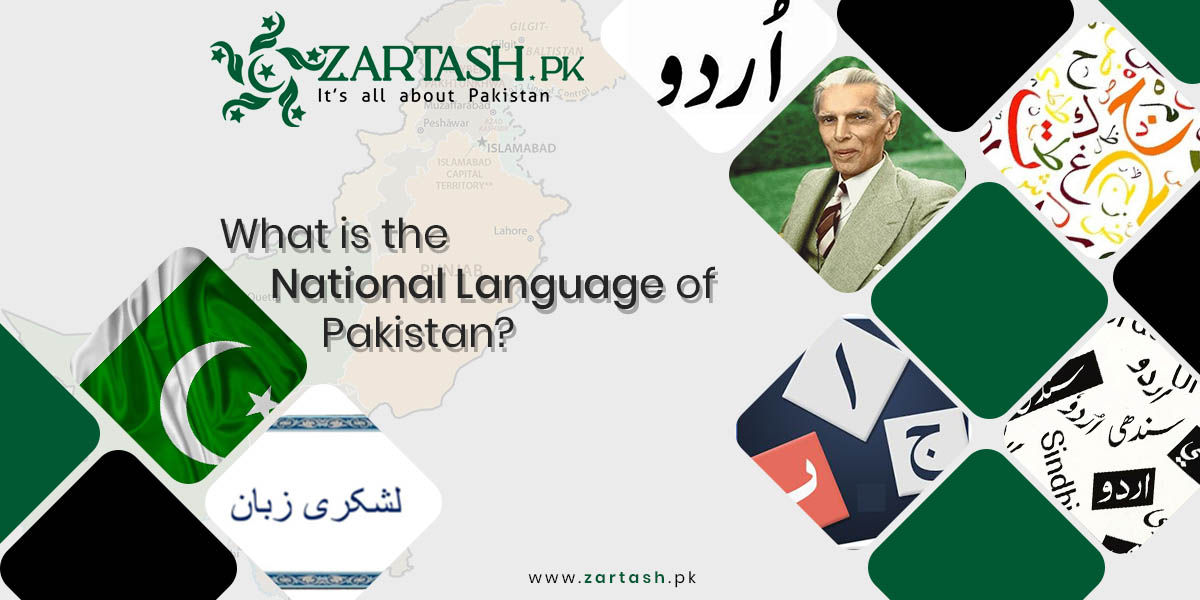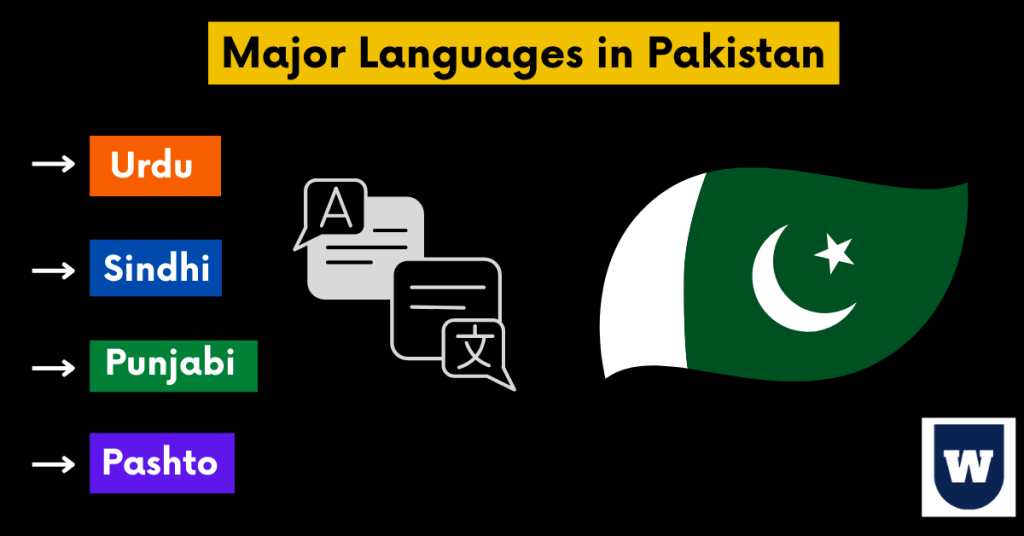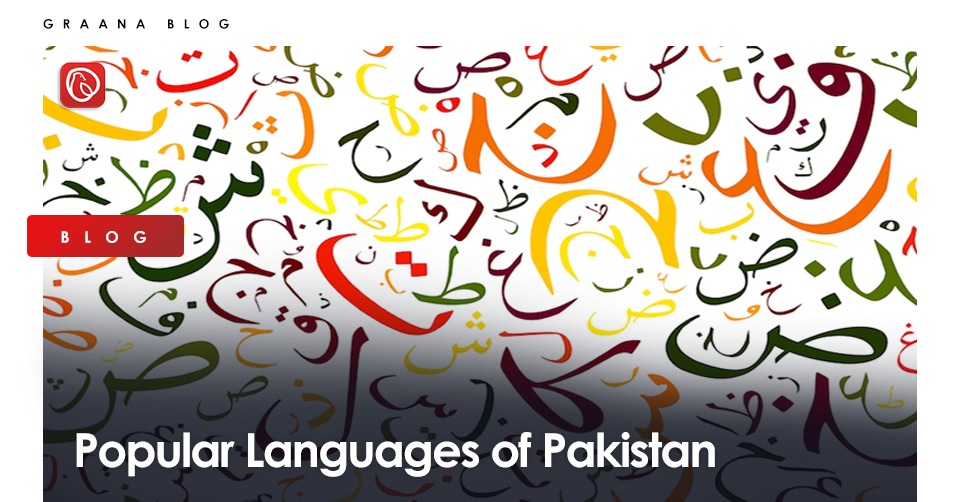National language of pakistan nyt – Urdu, the national language of Pakistan, is a fascinating language with a rich history and cultural significance. Its journey from its origins in the Indian subcontinent to its adoption as Pakistan’s official language is a testament to its enduring legacy.
This article delves into the linguistic features, usage, and role of Urdu in Pakistani society. We explore its impact on education, media, and cultural expression, while also examining the challenges it faces in the modern era.
Urdu: The Official National Language of Pakistan

Urdu is the official national language of Pakistan, spoken by over 100 million people. It is a standardized register of the Hindustani language, which is also spoken in India. Urdu has a rich literary tradition, and is used in government, education, and media in Pakistan.Urdu
plays a significant role in Pakistani society and culture. It is the language of instruction in many schools and universities, and is used in government documents and official communications. Urdu is also the language of the country’s national anthem, and is widely used in literature, poetry, and music.
History of Urdu as the National Language of Pakistan
Urdu was adopted as the national language of Pakistan in 1947, after the country gained independence from British rule. The choice of Urdu as the national language was a controversial one, as many other languages are spoken in Pakistan. However, Urdu was chosen because it was the language of the majority of the country’s population, and because it had a long history of use in government and education.
Significance of Urdu in Pakistani Society and Culture
Urdu is a symbol of Pakistani national identity, and is used to unite the country’s diverse population. It is also a language of cultural expression, and is used in a wide variety of literary, artistic, and musical forms. Urdu is a living language that is constantly evolving, and it continues to play a vital role in Pakistani society and culture.
Historical Context and Evolution
Urdu’s roots can be traced back to the 12th century, when Muslim invaders brought Persian and Arabic influences to the Indian subcontinent. Over time, these influences blended with local languages, giving rise to a new language known as Hindustani.In the 19th century, Hindustani emerged as a literary language, with two distinct dialects: Urdu, written in the Perso-Arabic script, and Hindi, written in the Devanagari script.
Urdu gained prominence in the Muslim-dominated regions of northern India, while Hindi became more prevalent in Hindu-majority areas.
Factors Contributing to Urdu’s Adoption as Pakistan’s National Language
After the partition of India in 1947, Urdu was chosen as the national language of Pakistan. This decision was influenced by several factors:
- Urdu was widely spoken in the Muslim-majority areas that formed Pakistan.
- It had a rich literary tradition and was seen as a symbol of Muslim identity.
- The choice of Urdu helped foster a sense of unity among the diverse population of Pakistan.
Despite being the national language, Urdu is not spoken by all Pakistanis. Regional languages, such as Punjabi, Sindhi, and Pashto, are widely used in their respective provinces. However, Urdu remains the official language for government, education, and media, and it plays a vital role in unifying the country’s diverse population.
Linguistic Features and Characteristics
Urdu, a unique blend of various languages, exhibits distinctive linguistic features that set it apart from other languages spoken in Pakistan. Its grammar, vocabulary, and pronunciation contribute to its distinctive character.Urdu’s grammar follows a subject-object-verb (SOV) word order, similar to many Indo-Aryan languages.
However, it also incorporates elements from Persian, resulting in a rich and complex system. Urdu’s vocabulary is vast, drawing from Arabic, Persian, Sanskrit, and other languages. This diversity enriches its expressive capabilities and allows for nuanced communication.Regarding pronunciation, Urdu employs a combination of aspirated and unaspirated consonants, as well as nasalized vowels.
Its distinctive vowel system, featuring both short and long vowels, adds to its melodic quality.
Phonology, National language of pakistan nyt
Urdu’s phonology is characterized by:
- 26 consonant phonemes, including aspirated and unaspirated sounds.
- 10 vowel phonemes, with short and long variations.
- Stress and intonation play significant roles in word and sentence meaning.
Morphology
Urdu’s morphology involves:
- Noun and verb inflections to indicate gender, number, and case.
- Use of prefixes, suffixes, and infixes to derive new words.
- Compounding of words to create new meanings.
Syntax
Urdu’s syntax follows:
- Subject-object-verb (SOV) word order.
- Use of postpositions rather than prepositions.
- Complex sentence structures, often involving multiple clauses.
Usage and Prevalence

Urdu is the official national language of Pakistan, and it is widely spoken throughout the country. According to the 2017 Pakistan Census, approximately 75.2% of the Pakistani population (158 million out of 212 million) reported Urdu as their native language.
Urdu is the primary language of instruction in schools and universities in Pakistan, and it is also used in government, media, and business. It is the most widely spoken language in the provinces of Punjab, Sindh, and Khyber Pakhtunkhwa, and it is also spoken by significant minorities in Balochistan and Azad Kashmir.
Geographical Distribution and Regional Variations
Urdu is spoken in all regions of Pakistan, but its usage varies geographically. In urban areas, Urdu is the dominant language, while in rural areas, regional languages such as Punjabi, Sindhi, and Pashto are more commonly spoken.
There are also regional variations in the pronunciation and vocabulary of Urdu. For example, the Urdu spoken in Karachi is influenced by Sindhi, while the Urdu spoken in Lahore is influenced by Punjabi.
Role in Education and Media

Urdu holds significant importance in the Pakistani education system, serving as the medium of instruction in numerous schools and universities. Its prevalence in textbooks and educational materials enables students to grasp complex concepts and ideas in their native language, fostering a deeper understanding of various subjects.
Newspapers and Television
Urdu is widely used in Pakistani newspapers, magazines, and television channels, catering to a vast audience. Newspapers like Jang, Dawn, and The News feature Urdu-language sections, providing news and information to millions of readers. Similarly, television channels such as PTV and Geo TV broadcast news, dramas, and entertainment programs in Urdu, reaching a diverse population.
Cultural Significance and Expression
Urdu plays a pivotal role in shaping and reflecting Pakistani cultural identity. It serves as a unifying language, fostering a sense of national pride and unity among the diverse population of Pakistan.
Urdu has a rich literary tradition, with renowned poets, writers, and intellectuals contributing to its development. The works of poets like Mirza Ghalib, Faiz Ahmed Faiz, and Ahmed Faraz have left an indelible mark on Urdu literature and continue to inspire and resonate with readers today.
Urdu in Literature
- Urdu literature is renowned for its lyrical beauty, intricate wordplay, and profound exploration of themes such as love, loss, and the human condition.
- Urdu poetry, in particular, is celebrated for its use of metaphors, similes, and imagery to convey complex emotions and ideas.
Urdu in Music
Urdu also plays a significant role in Pakistani music, particularly in the genres of classical, folk, and pop music. Many popular songs incorporate Urdu lyrics, which add depth and meaning to the melodies.
- Urdu lyrics in music often express themes of love, romance, longing, and social issues, reflecting the cultural values and aspirations of Pakistani society.
- Renowned singers like Nusrat Fateh Ali Khan, Abida Parveen, and Rahat Fateh Ali Khan have popularized Urdu music globally, showcasing its versatility and emotional appeal.
Urdu in Film and Television
Urdu is the primary language used in Pakistani film and television, serving as a medium for storytelling and entertainment. Pakistani dramas and films often explore social, cultural, and political issues, reflecting the realities and aspirations of Pakistani society.
- Urdu dialogues in these productions help convey emotions, develop characters, and create a sense of cultural authenticity for viewers.
- Popular Pakistani dramas and films have gained international recognition, showcasing the power of Urdu as a language of expression and entertainment.
Challenges and Future Prospects
As the national language of Pakistan, Urdu faces several challenges. Regionalism, the influence of English, and a lack of standardized teaching methods pose significant obstacles to its widespread use and preservation.
Regionalism, with its strong emphasis on local languages, has led to a decline in the use of Urdu in certain regions of Pakistan. The influence of English, particularly in urban areas and higher education, has further eroded Urdu’s dominance as the primary language of communication.
Efforts to Promote and Preserve Urdu
To address these challenges, several efforts have been undertaken to promote and preserve Urdu. The government has established the National Language Promotion Department, which is responsible for developing and implementing policies to enhance the use of Urdu in official communication, education, and the media.
- The department has launched various initiatives, such as the Urdu Language Proficiency Test, to encourage the learning and use of Urdu.
- Efforts are also being made to standardize the teaching of Urdu across the country, ensuring that students receive consistent instruction regardless of their location.
- The government has also introduced policies to promote the use of Urdu in the media, including the establishment of dedicated Urdu-language news channels and the requirement for all television channels to broadcast a certain percentage of their content in Urdu.
Epilogue: National Language Of Pakistan Nyt
Urdu remains a vibrant and essential part of Pakistani identity, connecting its people across diverse regions and generations. Despite facing challenges, efforts to promote and preserve this cherished language ensure its continued vitality in the years to come.
User Queries
What is the history of Urdu as Pakistan’s national language?
Urdu emerged as the national language of Pakistan after the partition of British India in 1947. It was chosen due to its widespread usage in various regions of the country and its association with the Muslim majority.
What are the distinctive features of the Urdu language?
Urdu is characterized by its unique grammar, vocabulary, and pronunciation. It draws influences from Persian, Arabic, and Sanskrit, resulting in a rich and expressive language.
How is Urdu used in Pakistani society?
Urdu is the official language of Pakistan and is widely used in education, government, media, and literature. It serves as a unifying force, connecting people from different regions and backgrounds.